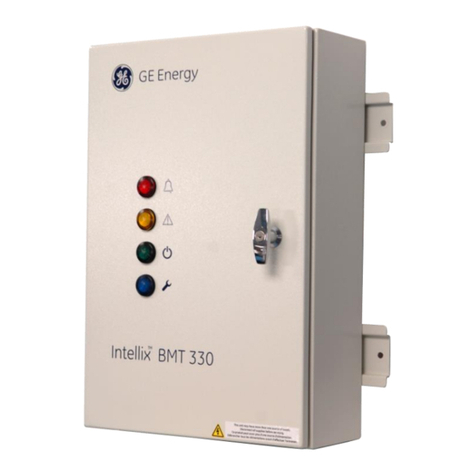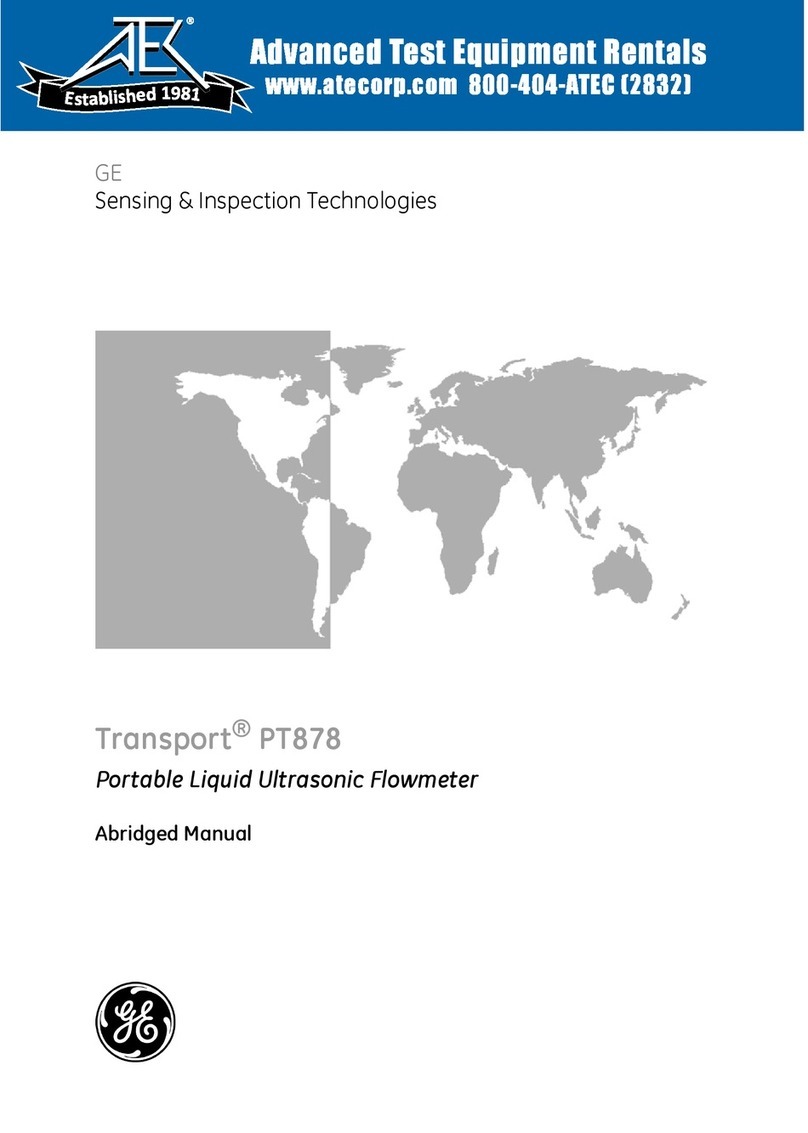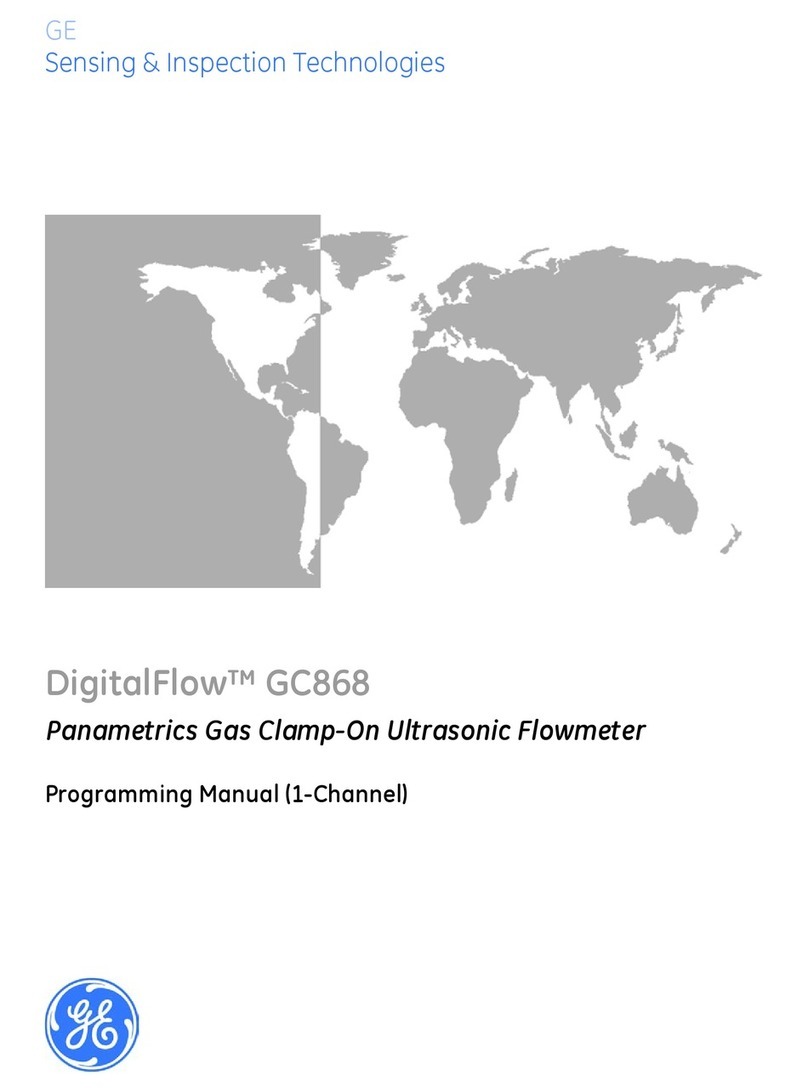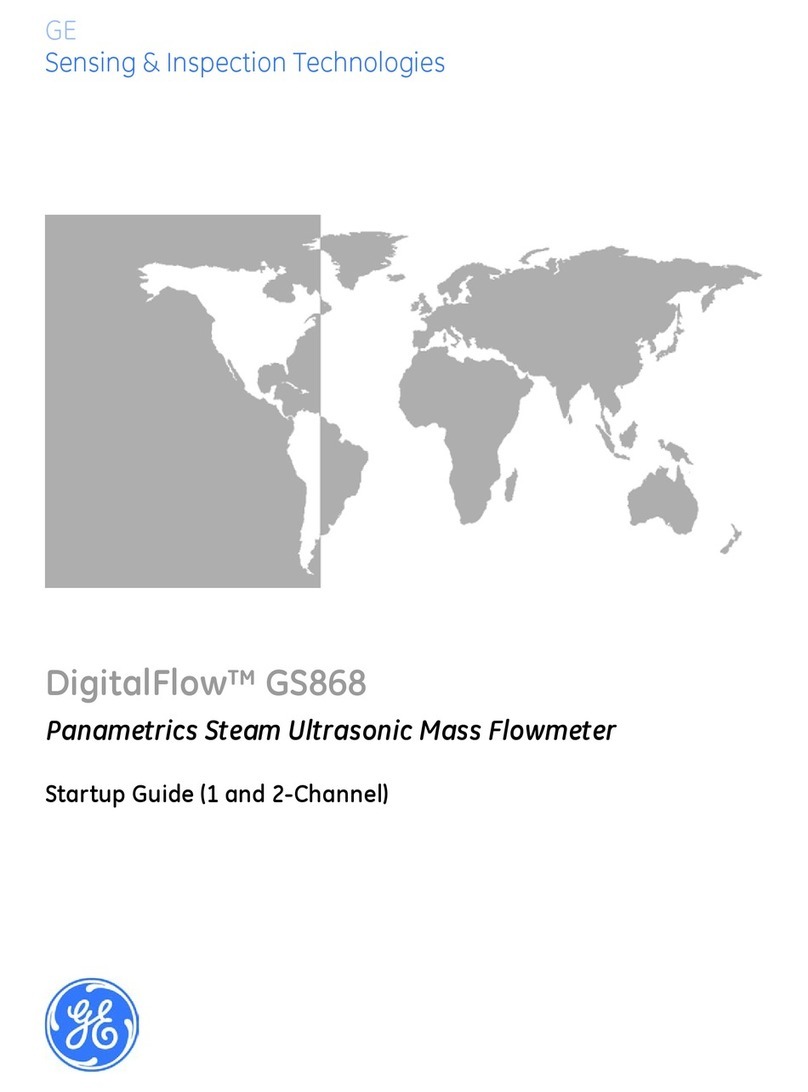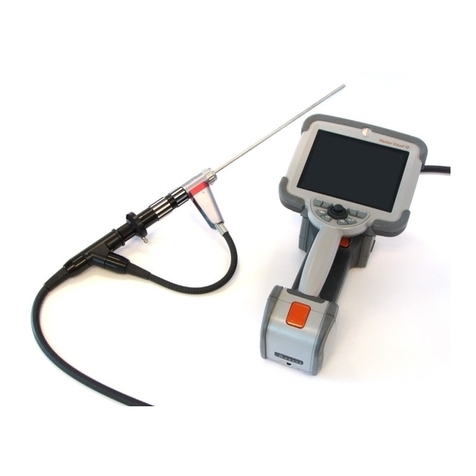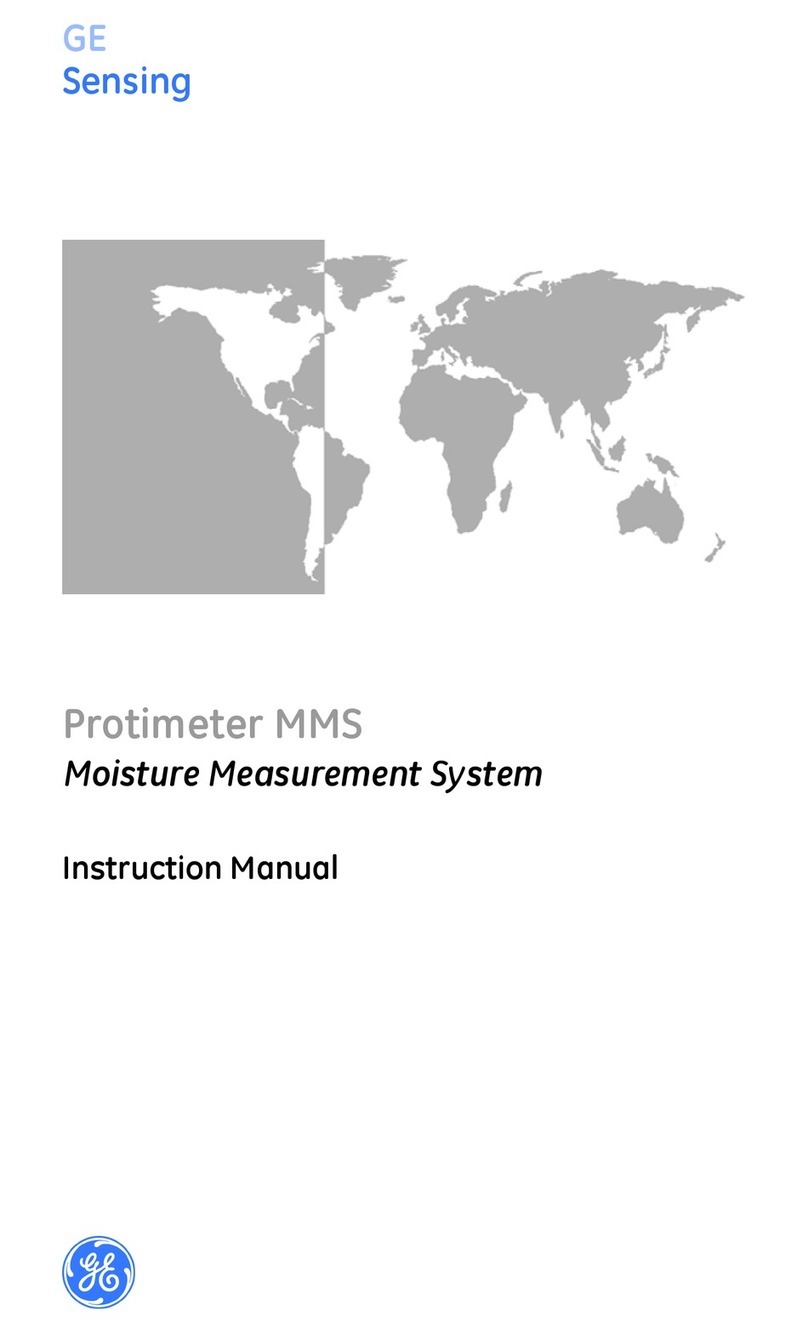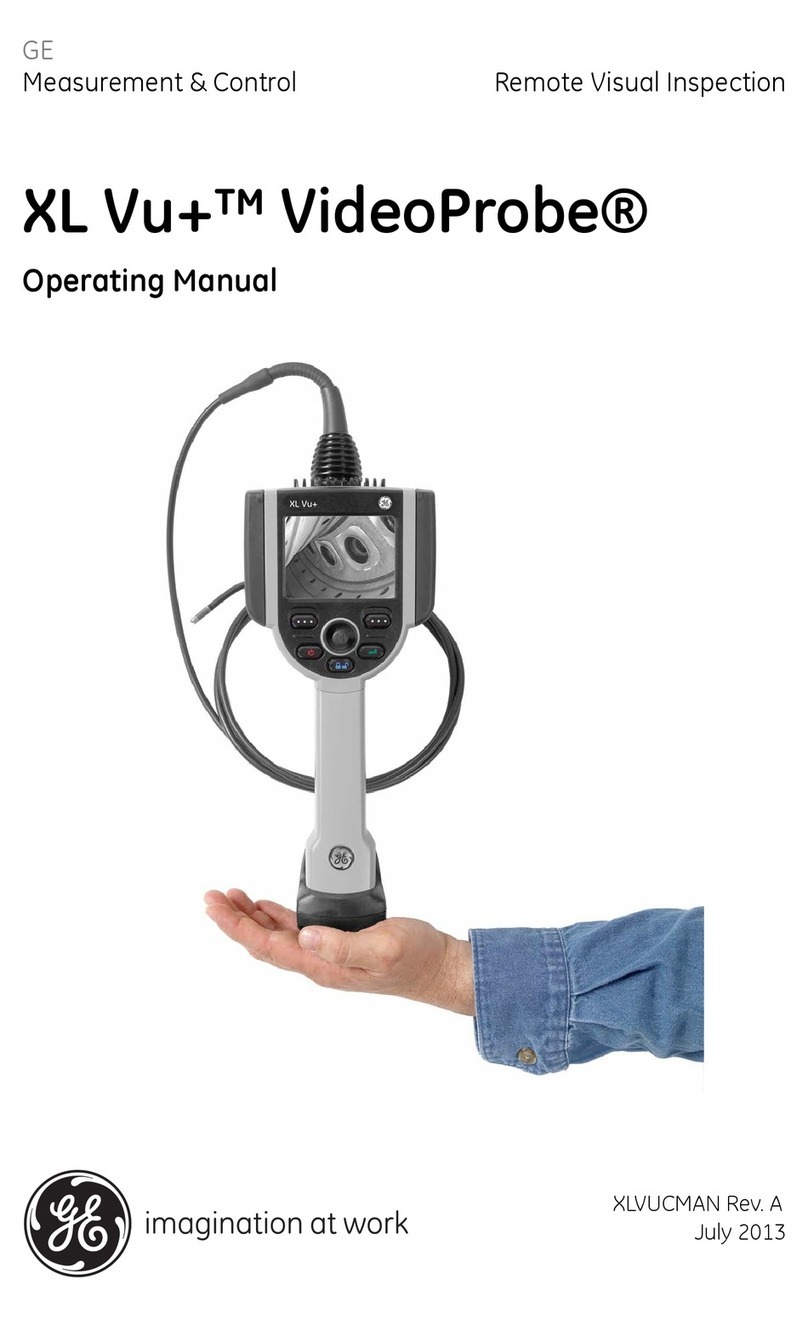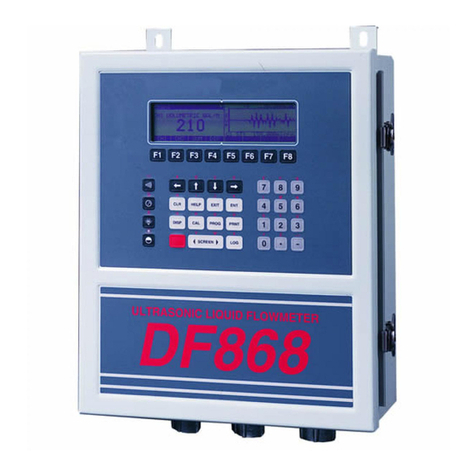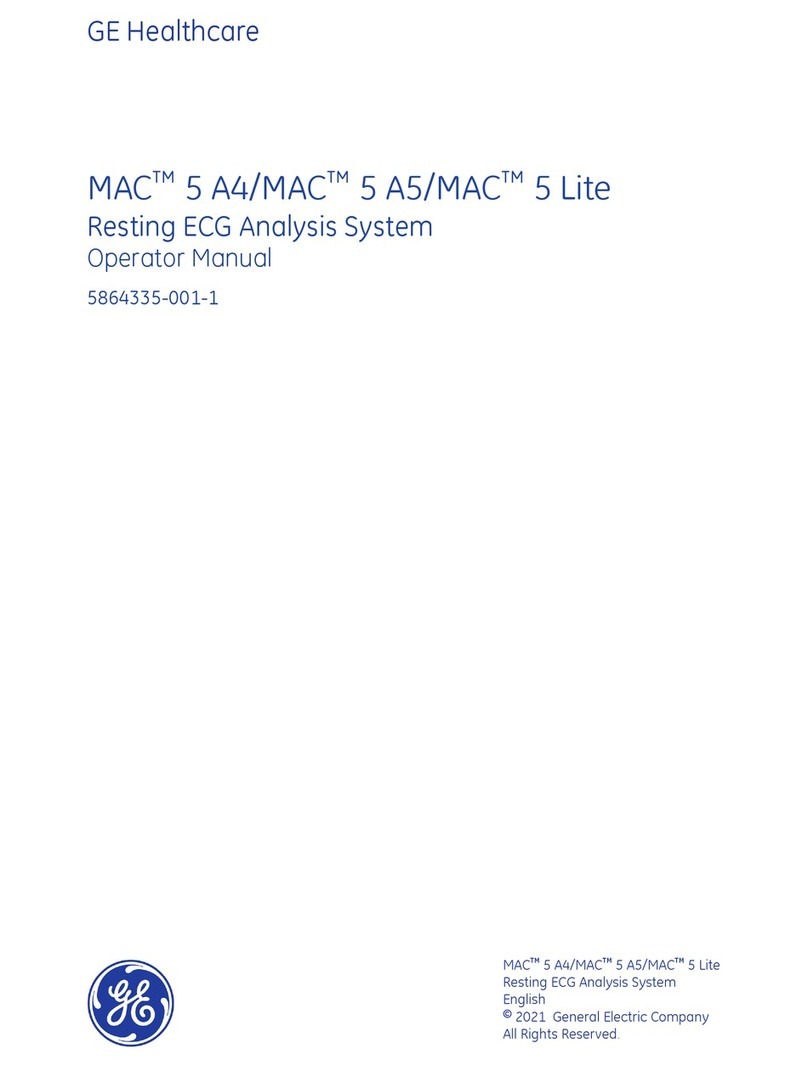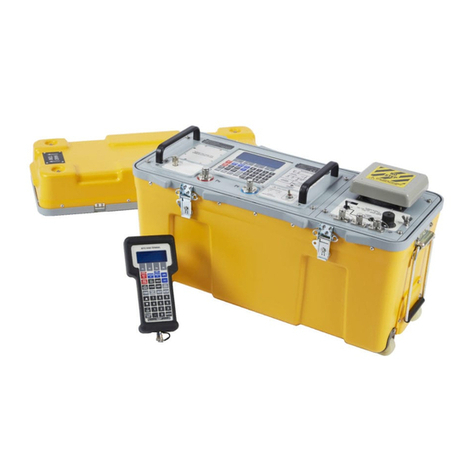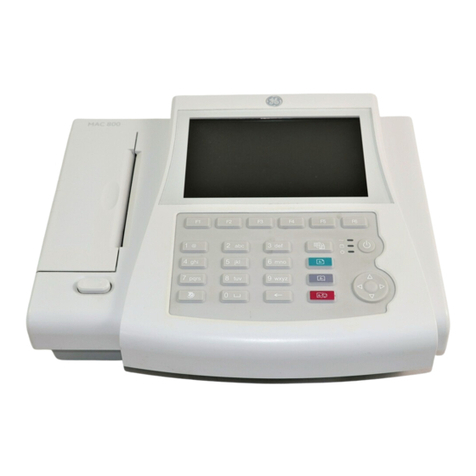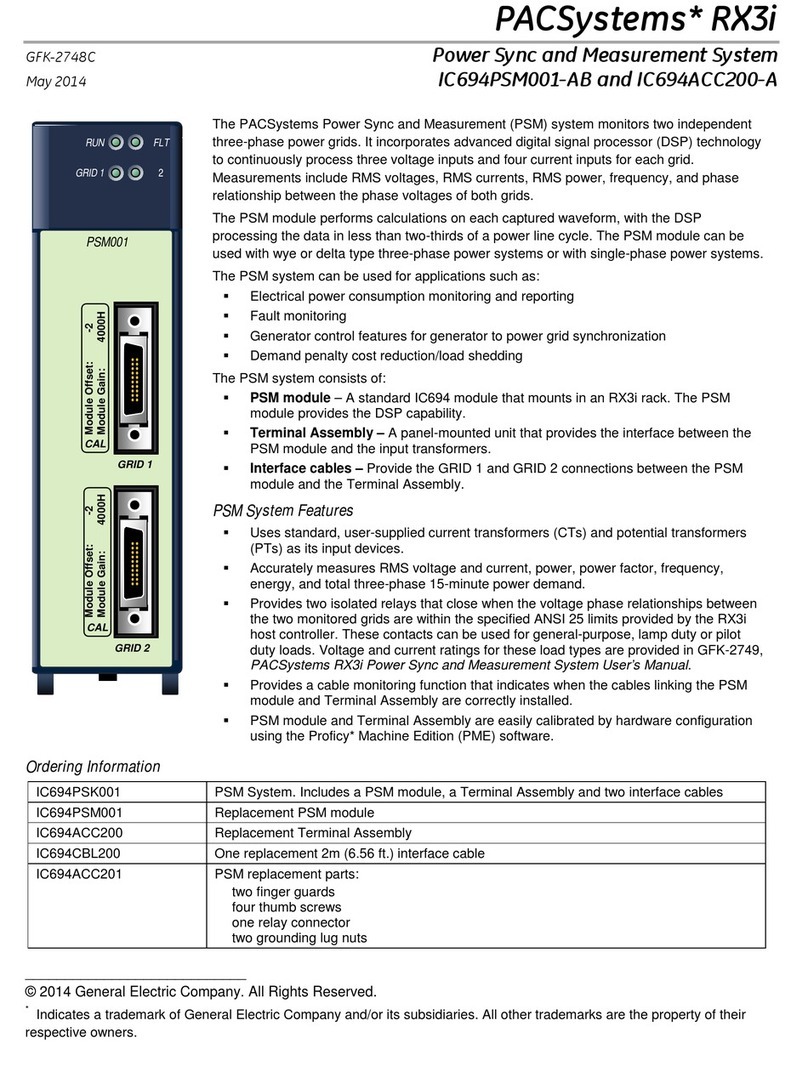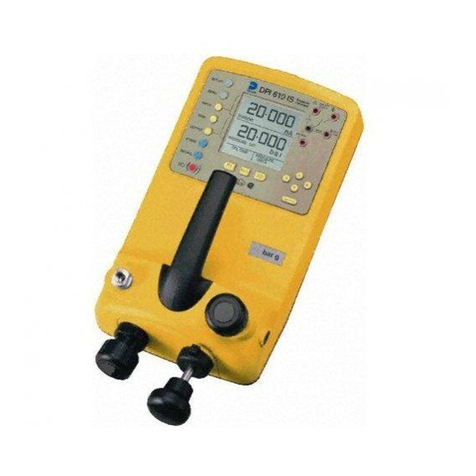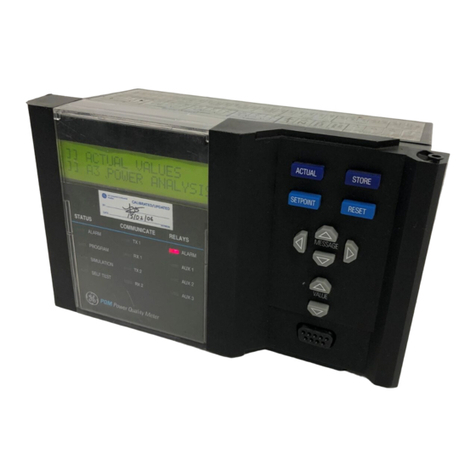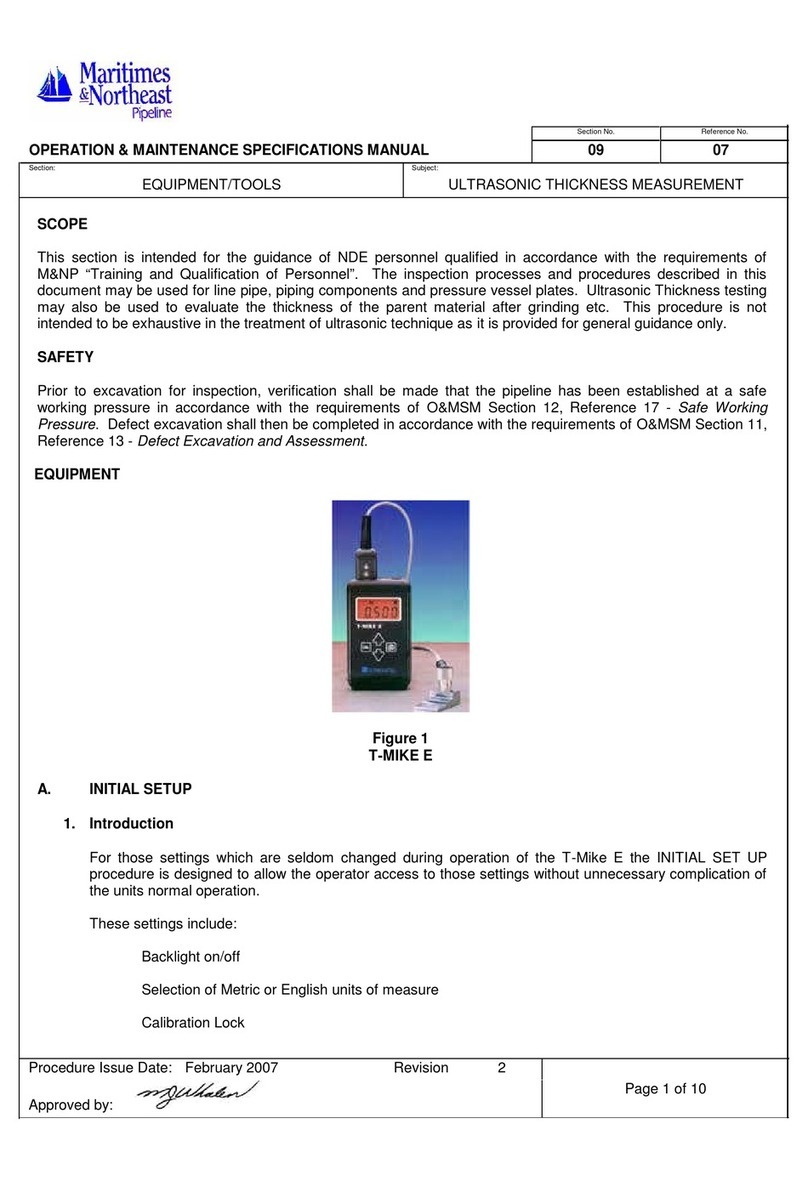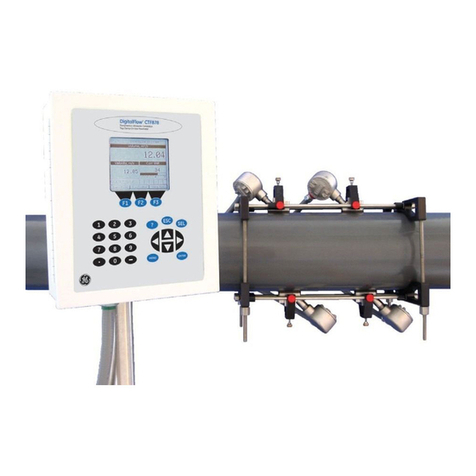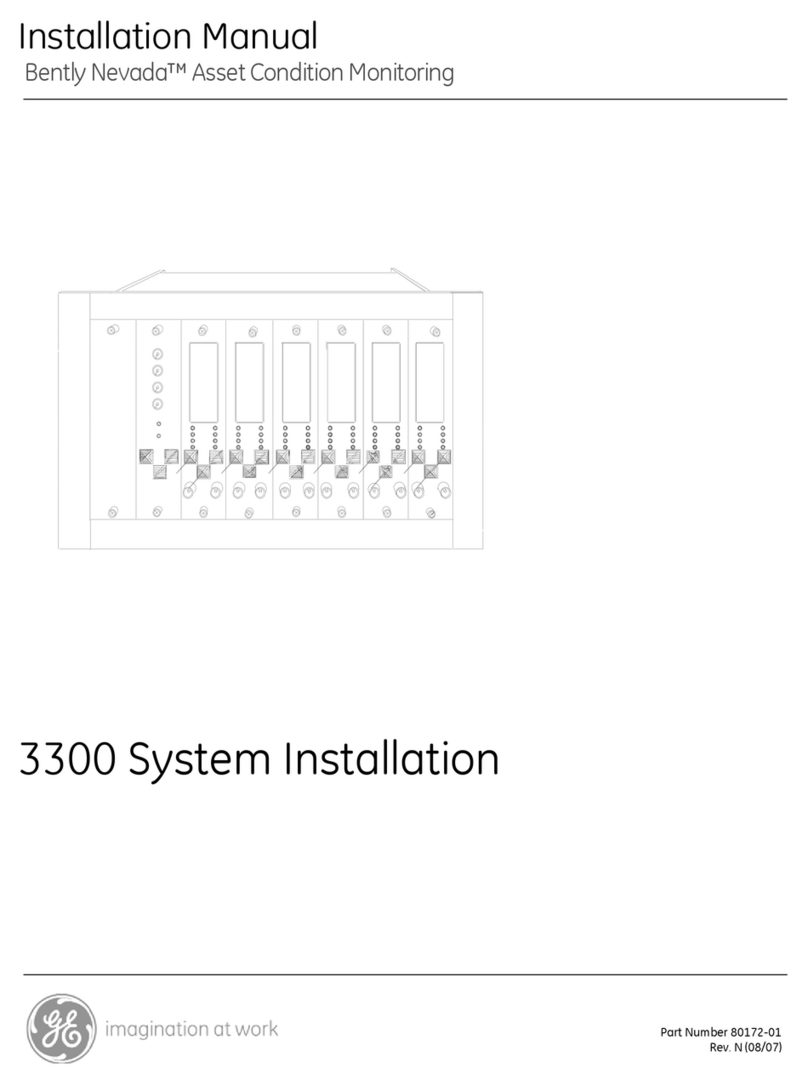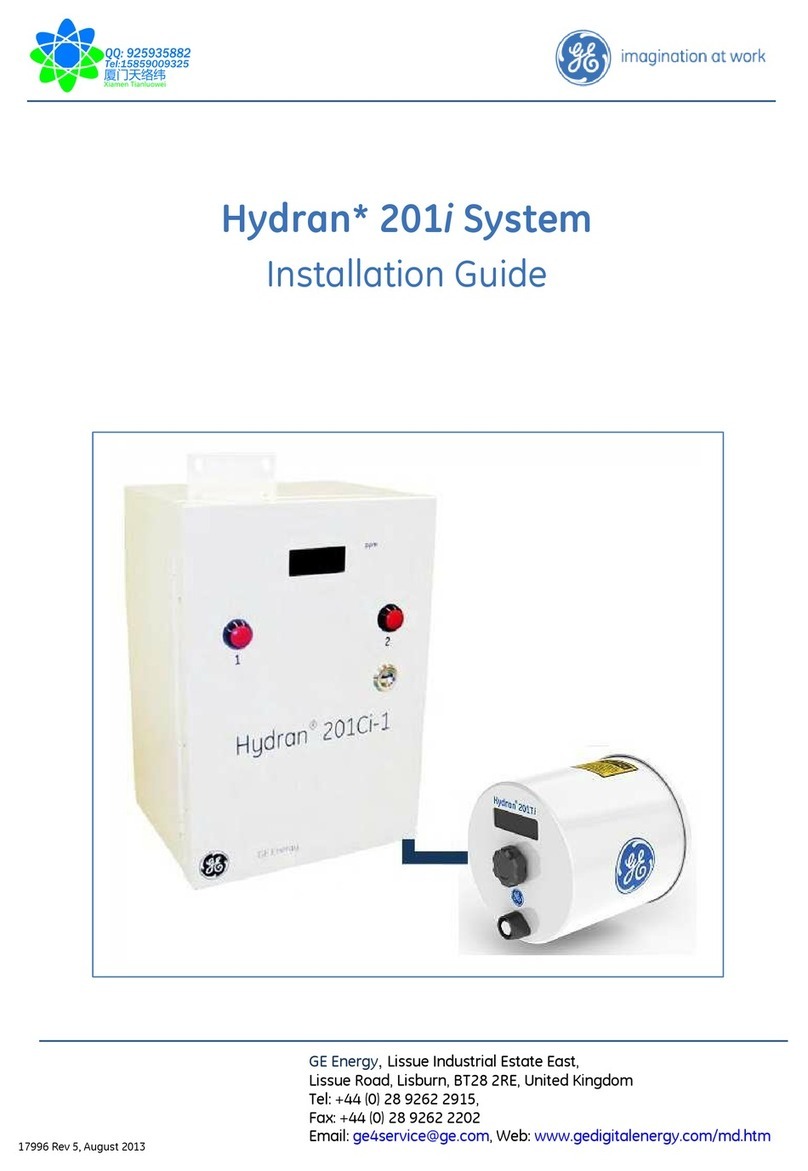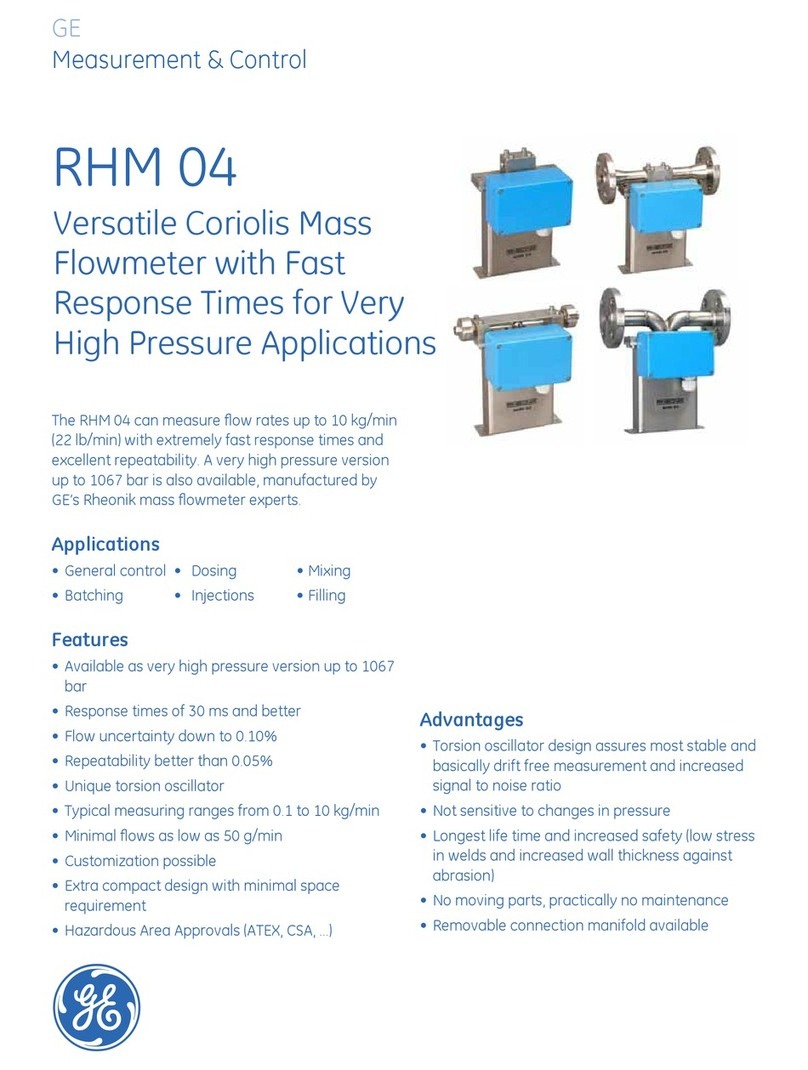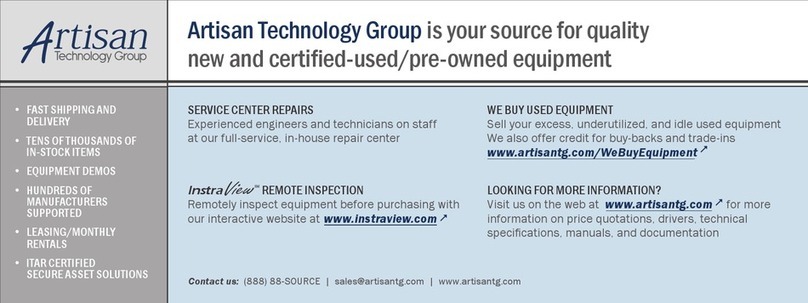CL 5 Issue 01, 04/05 0-5
Important Notice
Testin Limitations
In ultrasonic testing, information is obtained only from
within the limits of the sound beam. Operators must
exercise great caution in making inferences about the
test material outside the limits of the sound beam. For
example, when testing large materials it may be
impossible or impractical to inspect the entire test
piece.
When a less-than-complete inspection is to be
performed, the operator must be shown the specific
areas to inspect. Inferences about the condition of
areas not inspected, based on data from the evaluated
areas, should only be attempted by personnel fully
trained in applicable statistical and probability
techniques. In particular, materials subject to erosion
or corrosion, in which conditions can vary significantly
in any given area, should only be evaluated by fully
trained and experienced operators.
Sound beams reflect from the first interior surface
encountered. Because of part geometry and over-
lapped flaws or overlapped surfaces, thickness gauges
may measure the distance to an internal flaw rather
than to the back wall of the material. Operators must
take steps to ensure that the entire thickness of the
test material is being examined.
Ultrasonic Thickness Measurement Critical
Operatin Procedures
The following operating procedures must be observed
by all users of ultrasonic thickness gauges in order to
minimize errors in test results.
1. Calibration of Sound Velocity
The principle of operation of an ultrasonic thickness
gauge is that the instrument measures the time of flight
of an ultrasonic pulse through the test piece and
multiplies this time by the velocity of sound in the
material. Thickness measuring error is minimized by
ensuring that the sound velocity to which the instru-
ment is calibrated is the sound velocity of the material
being tested. Actual sound velocities in materials often
vary significantly from the values found in published
tables. In all cases, best results are obtained if the
instrument is calibrated on a velocity reference block
made from the same material as the test piece; this
block should be flat and smooth and as thick as the
maximum thickness of the test piece.
CL 5 Issue 01, 04/05 0-5
Important Notice
Testin Limitations
In ultrasonic testing, information is obtained only from
within the limits of the sound beam. Operators must
exercise great caution in making inferences about the
test material outside the limits of the sound beam. For
example, when testing large materials it may be
impossible or impractical to inspect the entire test
piece.
When a less-than-complete inspection is to be
performed, the operator must be shown the specific
areas to inspect. Inferences about the condition of
areas not inspected, based on data from the evaluated
areas, should only be attempted by personnel fully
trained in applicable statistical and probability
techniques. In particular, materials subject to erosion
or corrosion, in which conditions can vary significantly
in any given area, should only be evaluated by fully
trained and experienced operators.
Sound beams reflect from the first interior surface
encountered. Because of part geometry and over-
lapped flaws or overlapped surfaces, thickness gauges
may measure the distance to an internal flaw rather
than to the back wall of the material. Operators must
take steps to ensure that the entire thickness of the
test material is being examined.
Ultrasonic Thickness Measurement Critical
Operatin Procedures
The following operating procedures must be observed
by all users of ultrasonic thickness gauges in order to
minimize errors in test results.
1. Calibration of Sound Velocity
The principle of operation of an ultrasonic thickness
gauge is that the instrument measures the time of flight
of an ultrasonic pulse through the test piece and
multiplies this time by the velocity of sound in the
material. Thickness measuring error is minimized by
ensuring that the sound velocity to which the instru-
ment is calibrated is the sound velocity of the material
being tested. Actual sound velocities in materials often
vary significantly from the values found in published
tables. In all cases, best results are obtained if the
instrument is calibrated on a velocity reference block
made from the same material as the test piece; this
block should be flat and smooth and as thick as the
maximum thickness of the test piece.
